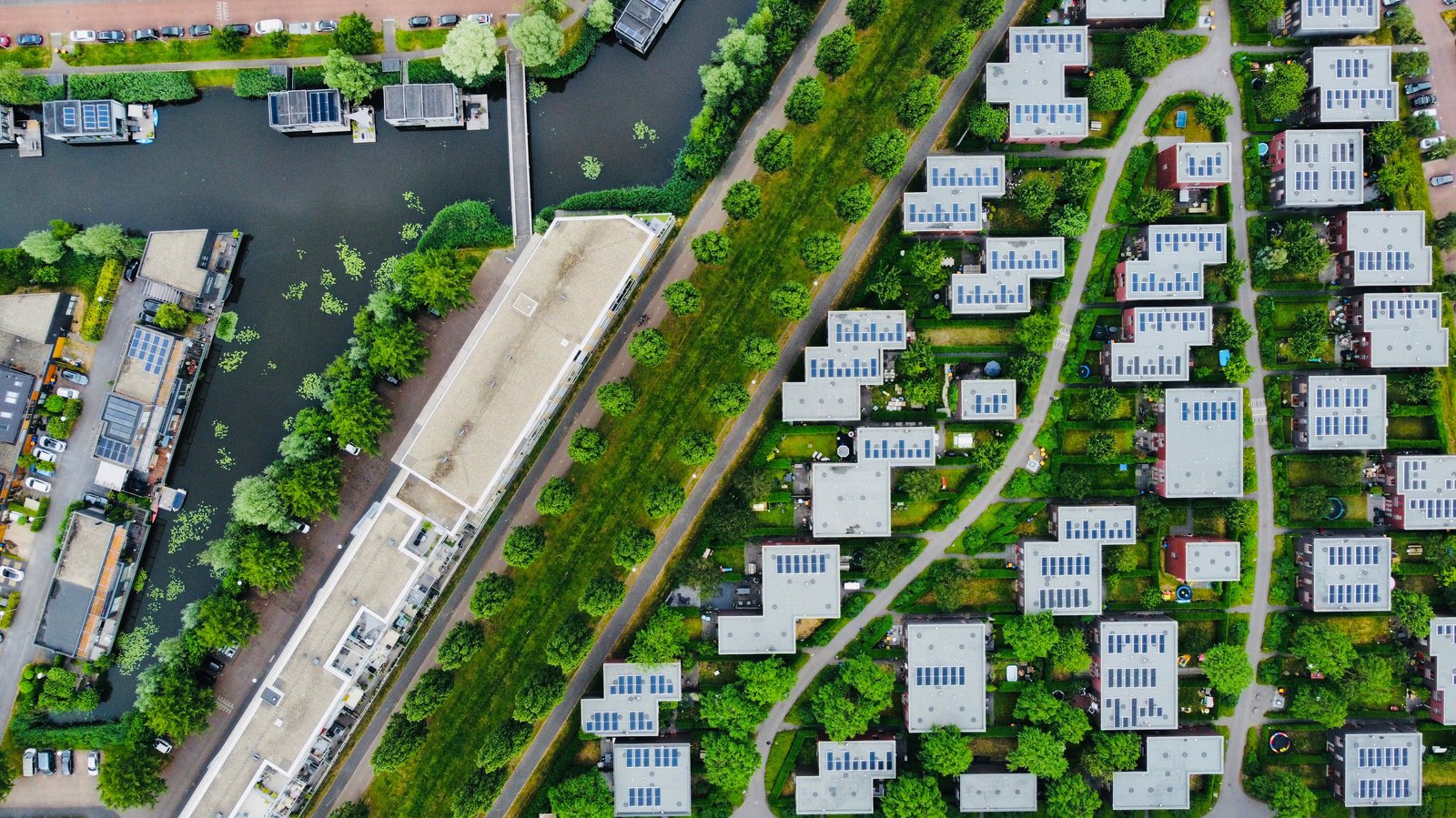As the global climate crisis continues to unfold, it's never been more critical to implement sustainable practices in every sector of our society.
One method increasingly adopted by local authorities to enhance their sustainability strategy is the concept of Biodiversity Net Gain (BNG). However, there seems to be a considerable misunderstanding of what BNG entails, its potential benefits, and how it can be effectively deployed. This article seeks to demystify this concept.

What is Biodiversity Net Gain (BNG)?
Biodiversity Net Gain, at its core, is an approach designed to improve biodiversity in a particular area after a development project. It involves ensuring that the ecological environment is in a better state post-development than it was pre-development. The term 'biodiversity' encapsulates all aspects of life, focusing on the variety of organisms, their genetic differences and the intricate ecosystems they form.
How does it work?
A critical aspect of BNG is the use of a metric to measure biodiversity both before and after a development project. This metric helps to quantify the impact on biodiversity and offers an objective way of demonstrating net gain. If the metric shows that biodiversity will be adversely impacted by a project, developers are required to make alterations to their plans, incorporate mitigation strategies, or create new habitats to offset the loss.
To further this cause, the UK government is working to make Biodiversity Net Gain mandatory for development projects. As per the proposed measures, developers will need to show at least a 10% increase in biodiversity post-development, thus encouraging more thoughtful and sustainable project planning and execution.
What are the benefits of Biodiversity Net Gain?
BNG is not just beneficial for the environment. It also brings a host of advantages for local authorities. By adopting a BNG approach, local authorities can ensure their developments contribute positively to the local environment, boost their reputation as eco-conscious entities and enhance community relations. Furthermore, it encourages developers to be proactive in their conservation efforts, stimulating creativity and innovation in sustainable development practices.
However, implementing Biodiversity Net Gain is not without its challenges. It requires a comprehensive understanding of local ecosystems, extensive planning, careful implementation and accurate evaluation. The effectiveness of BNG is highly dependent on these aspects, with poorly planned or executed strategies potentially causing more harm than good.
Learning from successful BNG initiatives is crucial for local authorities looking to adopt this approach. For instance, the Warwickshire County Council has set an excellent example, using BNG to guide development while considering local biodiversity objectives. Their strategic approach has led to not only a significant improvement in local biodiversity but also an increase in community engagement and public support.
Despite the challenges, Biodiversity Net Gain is a powerful tool, offering a practical way to contribute positively to the environment and climate goals while also reaping social benefits. It represents a significant stride in sustainable development and provides a pragmatic and measurable means of ensuring that local development projects leave the environment in a better state than they found it. As we continue to confront the climate crisis, such innovative and forward-thinking strategies will play an increasingly important role.
As developers increasingly adopt BNG, they have a unique opportunity to show they're not only protecting the environment but also positioning themselves as leaders in sustainability, demonstrating their commitment to both their communities and the broader global context. Ultimately, this will help to build a more sustainable future for us all.
Want to know more about BNG and its necessity for sustainable development? Why not attend our UK Resi Planning Conference, in its 17th year. Book your ticket today.